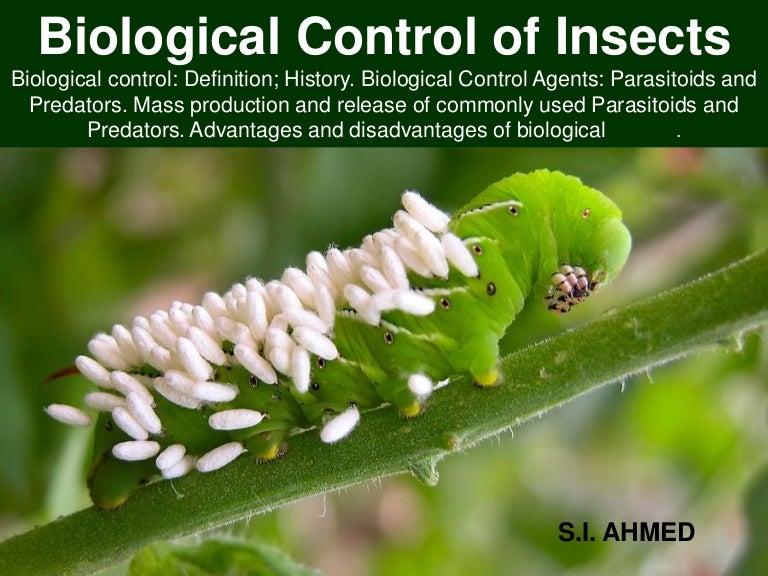Biological Control Agents: Harnessing Nature to Manage Pests
In the world of agriculture and horticulture, pests can wreak havoc on crops and plants. These pests include insects, mites, nematodes, weeds, and many others that compete with or damage our desired plants. While chemical pesticides have been commonly used to control these nuisances, there is a growing interest in finding more sustainable and environmentally friendly alternatives. This is where biological control agents come into play.
Biological control agents are living organisms that naturally suppress populations of pests through predation, parasitism, herbivory, or competition. They offer an effective way to manage pest populations while reducing reliance on synthetic chemicals. By harnessing the power of nature’s own checks and balances system, farmers and gardeners can maintain healthier ecosystems without compromising yields or plant health.
There are two main types of biological control agents: predators/parasitoids and pathogens.
Predators/Parasitoids:
Predators are organisms that feed directly on other organisms known as prey. They actively hunt down their prey to regulate population sizes. Ladybugs (lady beetles), lacewings, predatory mites, predatory wasps such as Trichogramma spp., and praying mantises are common examples of predator species used in biological control programs.
Parasitoids also rely on other organisms for survival but differ from predators in their life cycle. They lay eggs inside or on their host organism (often an insect) which eventually leads to the death of the host as the parasitoid larvae develop within it. Some well-known parasitic wasps like Aphidius colemani target aphids while Encarsia formosa targets whiteflies.
Both predators and parasitoids can be commercially reared and released into agricultural fields or gardens where they establish themselves by feeding on pests already present in the environment.
Pathogens:
Another group of biological control agents includes pathogens that infect pests, causing diseases and eventually killing them. These pathogens can be bacteria, fungi, viruses, or protozoa. Bacillus thuringiensis (Bt) is a popular example of a bacterial pathogen used to control caterpillars, beetles, and mosquito larvae.
Fungi such as Beauveria bassiana and Metarhizium anisopliae are commonly used for controlling soil-dwelling pests like termites or white grubs. Similarly, the nucleopolyhedrovirus (NPV) is employed against insects like gypsy moths and corn earworms.
The use of biological control agents offers numerous advantages over chemical pesticides. First and foremost, they are highly specific in their target pest selection. This means they pose minimal risk to non-target organisms such as beneficial insects (like bees), birds, mammals, and humans when used correctly.
Moreover, biological control agents have no residual effects on the environment since they do not persist after controlling the targeted pest population. This reduces concerns about contamination of water sources or accumulation in soil or plant tissues.
Biological controls also mitigate the development of resistance among pests compared to chemical pesticides which often require rotation or combination with other chemicals due to resistance issues.
Another advantage is their compatibility with integrated pest management (IPM) programs—an approach that combines various methods including cultural practices like crop rotation and sanitation measures—to achieve long-term pest suppression while minimizing environmental impact.
Implementing biological controls can be done at different scales—from small-scale home gardens to large agricultural operations—depending on the severity of the pest problem. However, successful integration requires knowledge about local ecosystems and understanding which biological control agent will work best for a particular situation.
Before introducing any living organism into an ecosystem for biocontrol purposes it’s essential to consider certain factors:
1. Thoroughly assess the infestation: Identify the species causing damage accurately before selecting appropriate biocontrols.
2. Choose the right control agent: Research and select a biological control agent that targets the pest species causing the most significant damage.
3. Understand release rates: Determine the appropriate number of biocontrols to release based on factors like pest population, time of year, and environmental conditions.
4. Monitor progress: Regularly monitor the effectiveness of introduced biological control agents and make adjustments if necessary.
In conclusion, biological control agents provide powerful alternatives to chemical pesticides for managing pests in agriculture and horticulture. By harnessing nature’s own mechanisms, we can strike a balance between protecting our crops and preserving the environment.
As more people embrace sustainable practices in their gardens or on their homesteads, incorporating these beneficial organisms into their pest management strategies will become increasingly common. Restoring natural balances through biological controls not only protects our crops but also contributes to healthier ecosystems overall.


Leave a comment